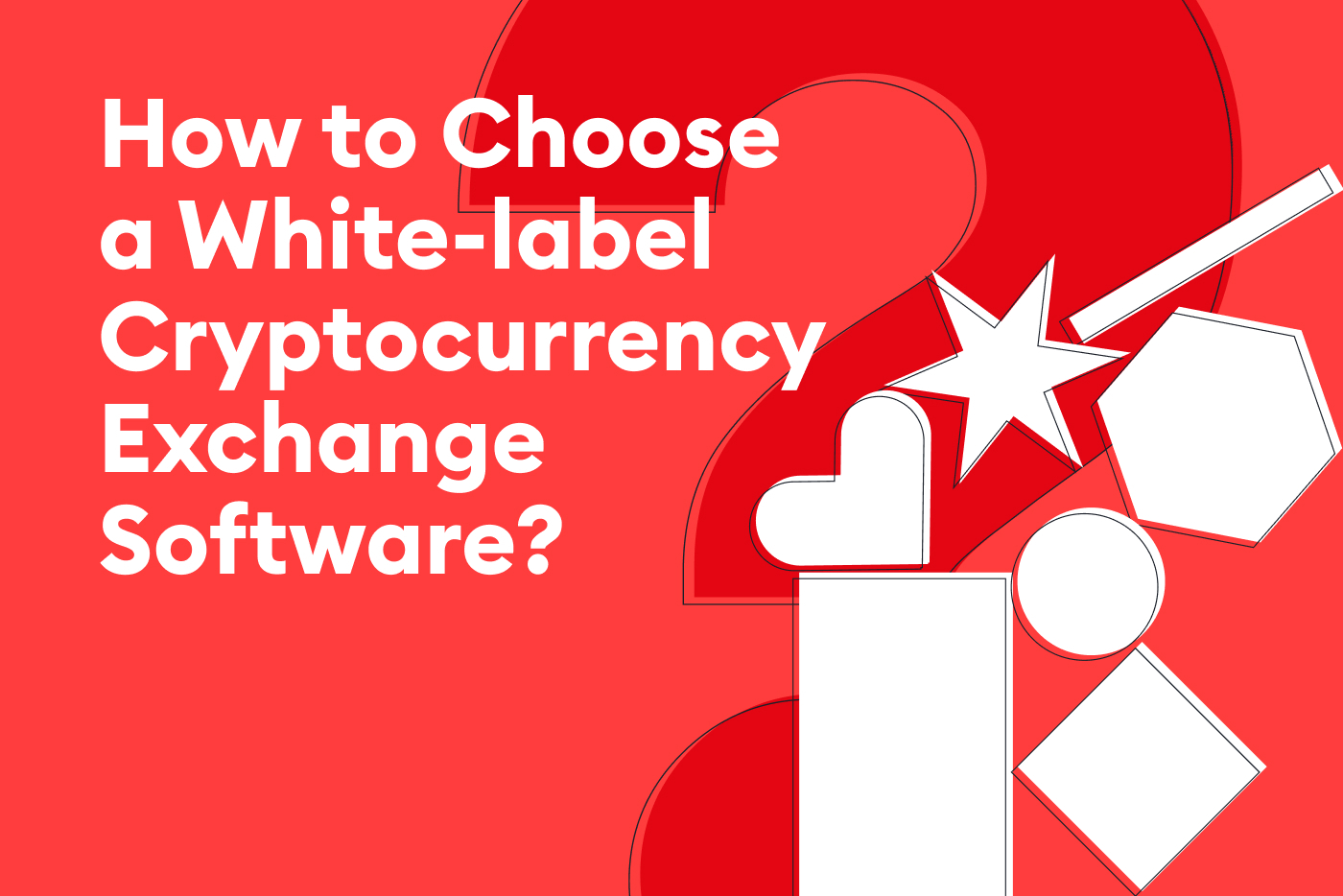
Introduction
Many know of Bitcoin as the first mainstream application of Blockchain Technology. Few are aware of the intricate underlying mechanics that give its form. Unfortunately, it is best known for its volatility. Ranging from nearly 1,000 USD to 20,000 USD in less than a year and back to 4,000 USD a year later, the digital coin has had a hard time fulfilling one of the objectives it set out in the beginning; that is, to “fix” the shortcomings of fiat currencies (such as ease of globalization) without losing its benefits (being a means of payment, value reserve, and maintaining a stable relative quotation). Stablecoins are the next step in the technology evolution ladder, and have come to address Bitcoins’ shortcomings.
But what is a stablecoin?
A stablecoin is a Blockchain application in the new world of Decentralized Finance (DeFi). Much alike Decentralized Exchanges (DEX) and innovative decentralized lending and borrowing platforms, stablecoins are an improvement over established systems.
Stablecoins are cryptocurrencies whose architecture enables them to be pegged to another asset. Essentially, their price is set to follow the price of another asset. Stablecoins pegged to USD are the most popular, but there’s no limit to the possibilities and we’ll be exploring more below. It achieves its quotation through a straightforward process. The issuer (Tether, for example), acquires in collateral (USD) the amount of stablecoin that should be issued, and every time the circulating supply has to be increased, a proportionate increase in collateral is required.
What types of stablecoins are out there?
There are two things we need to keep in mind to understand this: the pegged asset and the collateral. As we mentioned, the most common type of stablecoin has a 1:1 ratio with fiat currency, such as USD. There are, nonetheless, other types of stablecoins with different pegged assets (Euro/Franc, Gold, other cryptocurrencies, etc). On the far side of the range, we can find uncollateralized coins that use blockchain-based algorithms as a kind of central bank, whose sole purpose is to control the ‘money supply’[1] to make sure the coins will always trade at the same ratio.
Among the most popular in the vast realm of stablecoins, we can find Tether (USDT) by Tether Limited, TrueUSD (TUSD) by TrustToken, and Paxos Standard (PAX) [2]. Also worth mentioning we encounter DAI, a non-fiat collateralized cryptocurrency whose transparency can be seen on-chain at all times. It manages to hold its stability by locking Ether (ETH) into a contract in a system called a Collateralized Debt Position (CDP), where a user wanting to acquire DAI sends the ETH to a CDP and can withdraw DAI from there. Additionally, EOSDT, a dollar-pegged, collateral-backed currency that leverages underlying EOS and BTC has recently come to life. The stable currency is insured by Equilibrium and adds extra liquidity to the market.
Benefits of stablecoins:
- Most cryptocurrency exchanges in the world only allow users to trade one digital token for another. That is because converting fiat currencies into cryptocurrencies is a relatively complicated process, which involves dealing with banks and regulators in different jurisdictions, so stablecoins serve as a gateway for investors to enter the crypto-asset market.
- Not a long ago, the only alternatives to hedge volatility (daily price volatility of cryptocurrencies can range from 5% to 160%) [3] in digital asset markets were insurance policies and derivative contracts. With the appearance of stablecoins, participants can now instantly switch to stable assets.
- Stablecoins can be used for everyday transactions, such as buying coffee, paying salaries, or buying real estate — thus facing fewer barriers to mass adoption than traditional cryptocurrencies, which often come with low transaction speeds and high fees in addition to current volatility.
- The best of both worlds: stablecoins leverage the benefits of cryptocurrencies — such as transparency, security, immutability, digital wallets, fast transactions, low fees, and privacy — without losing the guarantees of trust and stability that come with using fiat currency (like the US dollar or Euro).
Disadvantages of stablecoins:
- The harsh truth is that most stablecoins fail [4] (though this is historically true, it doesn’t speak to the current ones. Fiat/Crypto-based stablecoins have a higher chance of survival, while commodity-backed stablecoins have the highest closing rate). When they fail, they may or may not be redeemable for the promised amount. Some projects even allow issuers to freeze funds. Tether for example at one point had “We do not guarantee any right of redemption or exchange of Tethers by us for money” in its Legal Section [5].
- Stability versus centralization: The majority of stablecoins are centralized, which opposes the nature of decentralization in blockchain itself. Fiat-backed stablecoins require trust in a centralized entity (i.e. a bank). Recent case examples include the KuCoin hack [6], where stablecoins issuers Bitfinex and Tether froze up to 33 million USD in USDT, and BitMEX facing federal charges [7] by the Department of Justice and Commodities Future Trading Commision, possibly following the same actions.
- A secondary issue with these assets is inherent to how they are established. The common fiat-pegged currencies tend to suffer the loss of power of purchase in conjunction with the pegged asset. To set an example, the US economy has been presenting an annual average inflation rate of 3.22% [8] for the last 100 years, and the USD has fluctuated between EU 0.67 – 0.956 over the last ten years. In the case of another cryptocurrency as the collateral asset, one could also be exposed to its volatility.
- One of the biggest challenges for stablecoins is “scaling”. It is difficult for reserve-backed stablecoins to reach a level where liquidity is deep enough to support interesting applications of the technology. Backers will have to invest millions or even billions in each coin. It could potentially create a cap on how fast a stable coin can grow.
For a further analysis of stablecoins and what influences their success (particularly a view on oil), consider the following article.
What can SCALABLE do for you?
SCALABLE provides professional white-label digital asset exchange technology, which allows users to trade over 500 digital assets against every major stablecoin, with the possibility to list trading pairs against fiat currencies through seamlessly integrated banking and payment processors. Moreover, the custodial or non-custodial white-label Wallet infrastructure allows users to securely store, send and receive all major stablecoins. Our liquidity solution also provides the deepest books and top liquidity, allowing successful trading without risk of slippage.
References
[1] Also known as elastic supply or adaptive money. Currencies under this model include Ampleforth (AMPL), Yam.finance (YAM), Based.Money (BASED), etc.
[2] “Stablecoin Cryptocurrencies.” CryptoSlate, cryptoslate.com/cryptos/stablecoin/.
[2] Emily Perryman et al. “A List of Stablecoins You Need to Know About.” Coin Rivet, 17 Jan. 2020, coinrivet.com/a-list-of-stablecoins-you-need-to-know-about/.
[3] “STABLECOINS: An Overview of the Current State of Stablecoins.” Blockdata. https://download.blockdata.tech/blockdata-stablecoin-report-blockchain-technology.pdf
[4] See https://www.coinopsy.com/dead-coins/ for an updated list of active and dead coins.
[4] Boddy, Max. “Research: Only 30% of Known Stablecoins Are Live and Operational.” Cointelegraph, Cointelegraph, 28 June 2019, cointelegraph.com/news/research-only-30-of-known-stablecoins-are-live-and-operational.
[5] Dinkins, David. “Tether Really Isn’t a Scam, Company Promises.” Cointelegraph, Cointelegraph,5 Sept. 2017, cointelegraph.com/news/tether-really-isnt-a-scam-company-promises.
[6] “Kucoin Hacked for $150 Million in Bitcoin; Bitfinex and Tether Freeze $33 Million of the Stolen Funds: Exchanges Bitcoin News.” Bitcoin News, 9 Oct. 2020, news.bitcoin.com/kucoin-hacked-for-150-million-in-bitcoin-bitfinex-and-tether-freeze-33-million-of-the-stolen-funds/.
[7] “Bitmex Charged With US Rules Violations – Owners Face Criminal Charges, Prison: Regulation Bitcoin News.” Bitcoin News, 3 Oct. 2020, news.bitcoin.com/bitmex-criminal-charges-prison/.
[8] McMahon, Tim. “What Is Quantitative Tightening?” US Inflation Long Term Average, 1 Apr. 2014, inflationdata.com/Inflation/Inflation_Rate/Long_Term_Inflation.asp.
[9] “Board of Governors of the Federal Reserve System.” The Fed – Foreign Exchange Rates – H.10 – October 13, 2020, www.federalreserve.gov/releases/h10/hist/dat00_eu.htm.
[9] ECB. “Stablecoins – No Coins, but Are They Stable?” IN FOCUS, no. 3, Nov. 2019, www.ecb.europa.eu/paym/intro/publications/pdf/ecb.mipinfocus191128.en.pdf.

